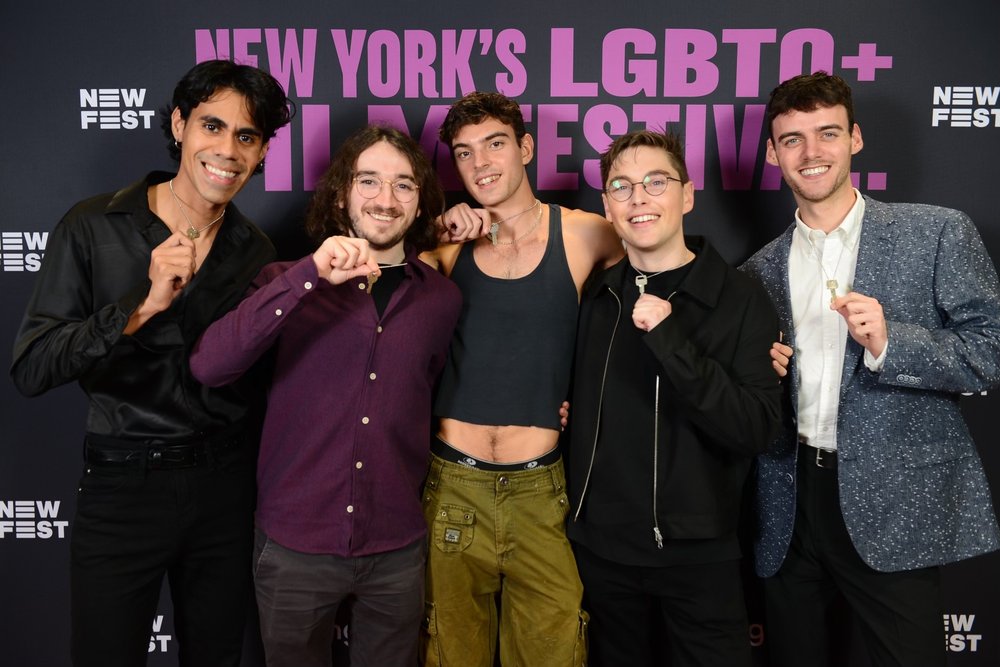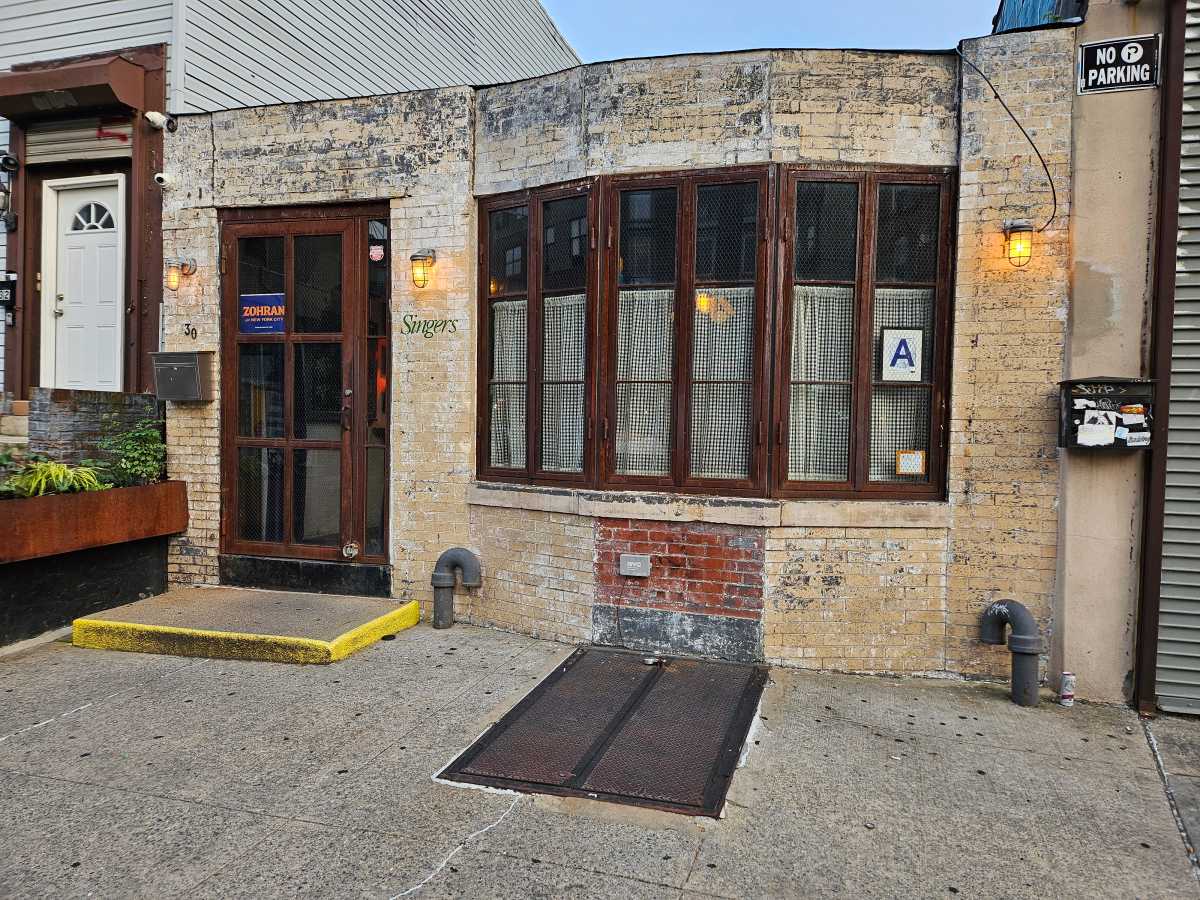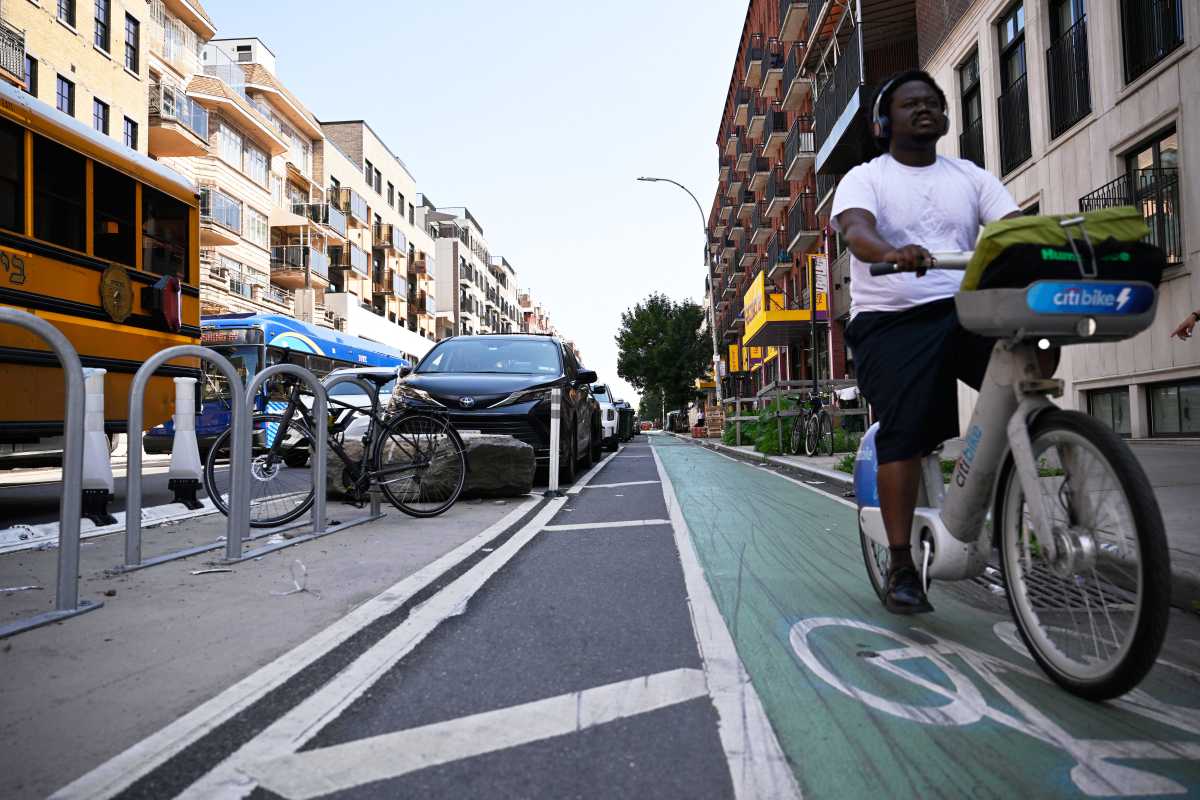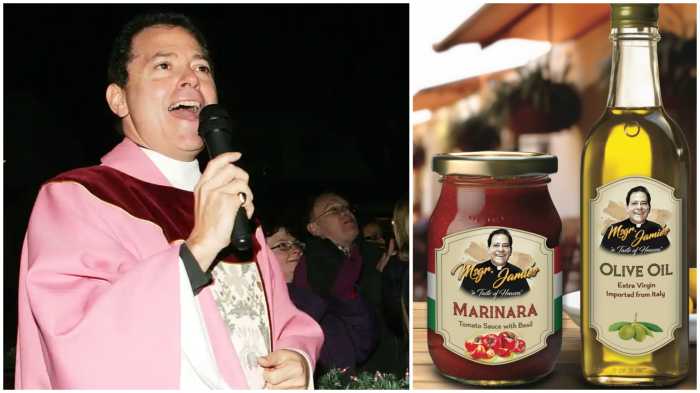By Lincoln Anderson
When the construction fence outside New York University School of Law’s new building came down a few weeks ago, some were horrified. Revealed was the recreation of the building where Edgar Allan Poe lived when W.
Third St. was Amity St.
But others were satisfied.
As those who had peaked inside the construction fence knew, the recomposed Poe House facade is not made of the original building’s materials, as the university had pledged to try to do in the settlement of a community lawsuit against the law school project. While the new Poe facade is indeed red brick laid by masons, the bricks are all new.
John Beckman, university spokesperson, said in building the facsimile the university had met the terms of the settlement.
“The agreement was it would include a representation of the facade of the kind of building that would have been on that street at the time Edgar Allan Poe lived there. And N.Y.U. has done that,” he said.
Beckman said that after dismantling the Poe House “there were simply not enough bricks left” to recreate the facade. In addition, because the building’s exterior had been altered, it was a challenge even to reproduce its original appearance.
“That building underwent numerous renovations since the time Poe lived there,” Beckman noted. “There was Spanish tile on the front of it. That would not have been a feature of the original building when Poe lived there in the mid-19th century.”
The facade alterations came in the 1920s and ’30s when a restaurant occupied the building’s bottom floors.
The new Poe House’s interior will include a “quiet study lounge” with part of the building’s original interior staircase, a panel of original bricks and “maybe one or two more items” from the former residence, Beckman said.
A committee has been set up to oversee programming of twice-yearly Poe-related events.
Beckman stressed the settlement that stipulated that N.Y.U. reconstruct copies of both the Poe facade and the Judson Church House facade came after N.Y.U. won the lawsuit — yet agreed to sit down and negotiate.
“That was a good and important moment in the relationship between N.Y.U. and the community,” he said.
A recent New York Times article on the Poe House, noted, as if this was a surprise, that its location was shifted west from its original site. But this was in the settlement. The Judson House was rebuilt at its former location.
The co-counsels on the community lawsuit were satisfied at the outcome, given the circumstances.
“It is an interpretive recreation,” said David Goldfarb, president of the Historic Districts Council, who represented H.D.C. and two other plaintiffs in the suit. “The settlement was that we did not get a preservation of the actual [Poe House] building.”
As is the general consensus, Goldfarb felt the Judson Church House recreation was a particularly good job. The setback of the new law school building behind it improves the new Judson Church House’s appearance and helps retain a vestige of the block’s former low-scale feeling, he said. On the other hand, the Poe House copy, Goldfarb noted, is flush with and blends into the law building’s W. Third St. side.
A preservation firm, Higgins and Quasebarth, did their best to research the Poe House’s facade by making excavations through the added layers. The main goal was to try to get as close to the 1835 brick pattern and window pattern, Goldfarb said. However, the windows on the new building’s third floor aren’t historically accurate, according to him.
“It appears they have unusual ‘three-over-three’ panes instead of ‘six-over-six,’ ” he said.
While the original building would have had a stoop, the agreement was the facsimile would not.
Goldfarb added that if not for the lawsuit settlement, the law school building would have included a tower four stories taller, as opposed to the redesign with a lower, rounded roof; also, the law school building is more contextual, in terms of its design and materials, he said.
Lawrence B. Goldberg, the lawsuit’s other co-counsel, who represented the Committee to Save Washington Sq., echoed Goldfarb’s comments.
“I think from a replica point of view, the Judson came out better than the Poe,” Goldberg said. “I think the Poe, it was always understood, would not be perfect. It’s an homage. While I’m not in love with it, it was a cultural landmark, not a physical landmark.”
Goldberg’s wife, Adrienne, is one of the eight-to-10 people on the Poe programming committee. He suggested the programming might involve “short stories and mystery stories” and other celebrations of Poe.
However, some found the recomposed Poe House, well, ghastly. Aubrey Lees, former chairperson of Community Board 2 and secretary of the former Committee to Save Washington Sq., didn’t mince words.
“Is anyone surprised that it looks tacky and phony?” she asked. “It’s an insult to the memory of Edgar Allan Poe.”
Told that N.Y.U. said it didn’t have enough original Poe House bricks to recreate the facade, Lees noted the university gave her and others bricks with gold plaques on them as souvenirs.
“I’ve got a brick from Poe House in my apartment,” Lees said. “David Reck [the former Committee to Save Washington Sq.’s president] has a bunch. I didn’t want it. I’ll give it back.”
Goldfarb also received a Poe brick, but believes these were from the building’s side and not suitable for recreating the facade. He said a lot of bricks were given to a Baltimore Poe Society in the understanding they’d be used to build a path, but were instead given away as a membership incentive.
Michael Deas, who was active in the effort to save the Poe House, called the replica exterior frightfully bad.
“It’s absurd looking,” said Deas, author of “Portraits and Daguerrotypes of Edgar Allan Poe.” “They certainly didn’t live up to their commitment to reuse authentic materials. It looks like a Hollywood stage set — only less genuine. It’s a joke.”
Deas got a commemorative brick.
“It says, ‘A brick from the “Poe House,” 1835-2001,’ as if it’s a little tombstone,” Deas said. “ ‘Poe House’ is written in quotes.”
Andrew Berman, executive director of the Greenwich Village Society for Historic Preservation, said he would withhold comment on the replica buildings since the Society didn’t help broker the settlement, but that it raises bigger issues about N.Y.U.’s large-scale development projects.
“We have a problem in that in the Village south of Washington Sq., a low-scale neighborhood is being replaced by these behemoths. We need to change the playing field, because it’s a situation where we have everything to lose,” Berman said.
Berman said the strategy includes expanding the Village’s historic district to unprotected areas and changing the community facilities zoning bonus that allows N.Y.U. to build extra-large buildings; another idea is to convince N.Y.U. to set up a satellite campus somewhere else and expand there.
“There are limits to how much they can grow in the Village without completely overwhelming the neighborhood,” Berman said. He cited a study by the Society finding that since 1985 the university has built more than a dozen large buildings between Third and Sixth Aves., from 14th to Houston Sts.
“A dozen new high-rise buildings in a small area has a tremendous impact,” he said.






































